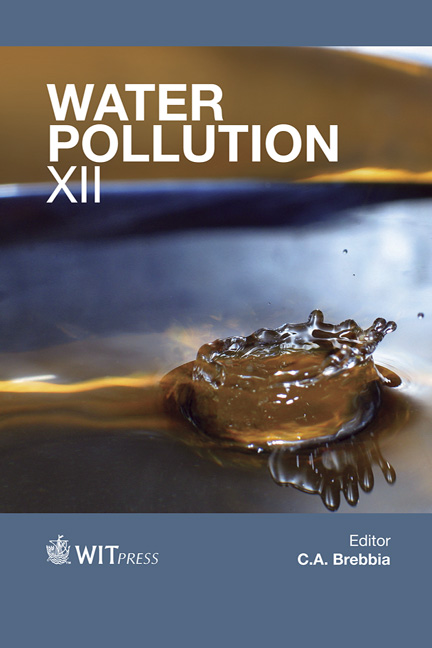Sediment Transport In Sewers: The Cesarina Combined Sewer Network
Price
Free (open access)
Transaction
Volume
182
Pages
13
Published
2014
Size
1,295 kb
Paper DOI
10.2495/WP140251
Copyright
WIT Press
Author(s)
G. Silvagni, F. Volpi & R. Celestini
Abstract
The polluting effects of storm water runoff on the receiving waterbodies represent an increasingly relevant problem in developing urban areas. In combined sewer pipes, transiting flood waves cause the alternation of sediment erosion and deposition of the solid material transported by the flow. Combined sewer deposit, mainly generated as an effect of such phenomena during the dry weather period between two rain events, is generally a mix of sand and highly polluting materials. Accumulation of sediments along a combined sewer network is often the cause of dysfunctions in the drainage system itself and negative impacts on the quality of receiving waters, due to the resuspension and overflow of pollutants. Both aspects have been investigated for the combined sewer of Rome thanks to an experimental catchment of about 2800 ha in the Cesarina – S. Basilio area. Based on the simulations conducted, structural solutions were proposed and evaluated, aimed at reducing the operational and environmental problems related to sewer sediment. The results show noticeable margins for the optimisation of the whole sewer system and for the reduction of its environmental impact. Keywords: combined sewage, sewer sediments, transport model, water quality.
Keywords
combined sewage, sewer sediments, transport model, water quality.





